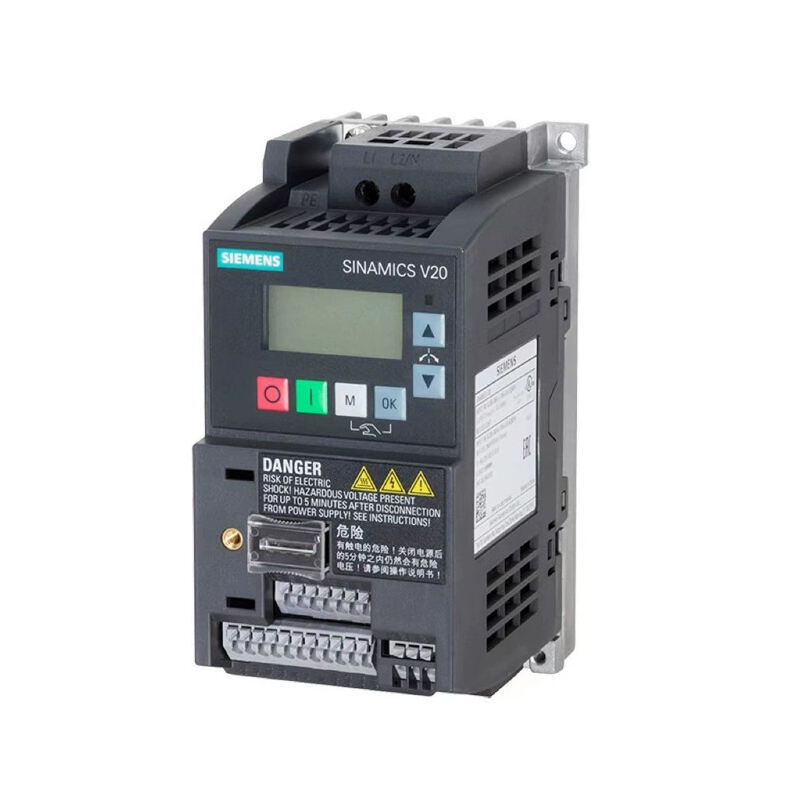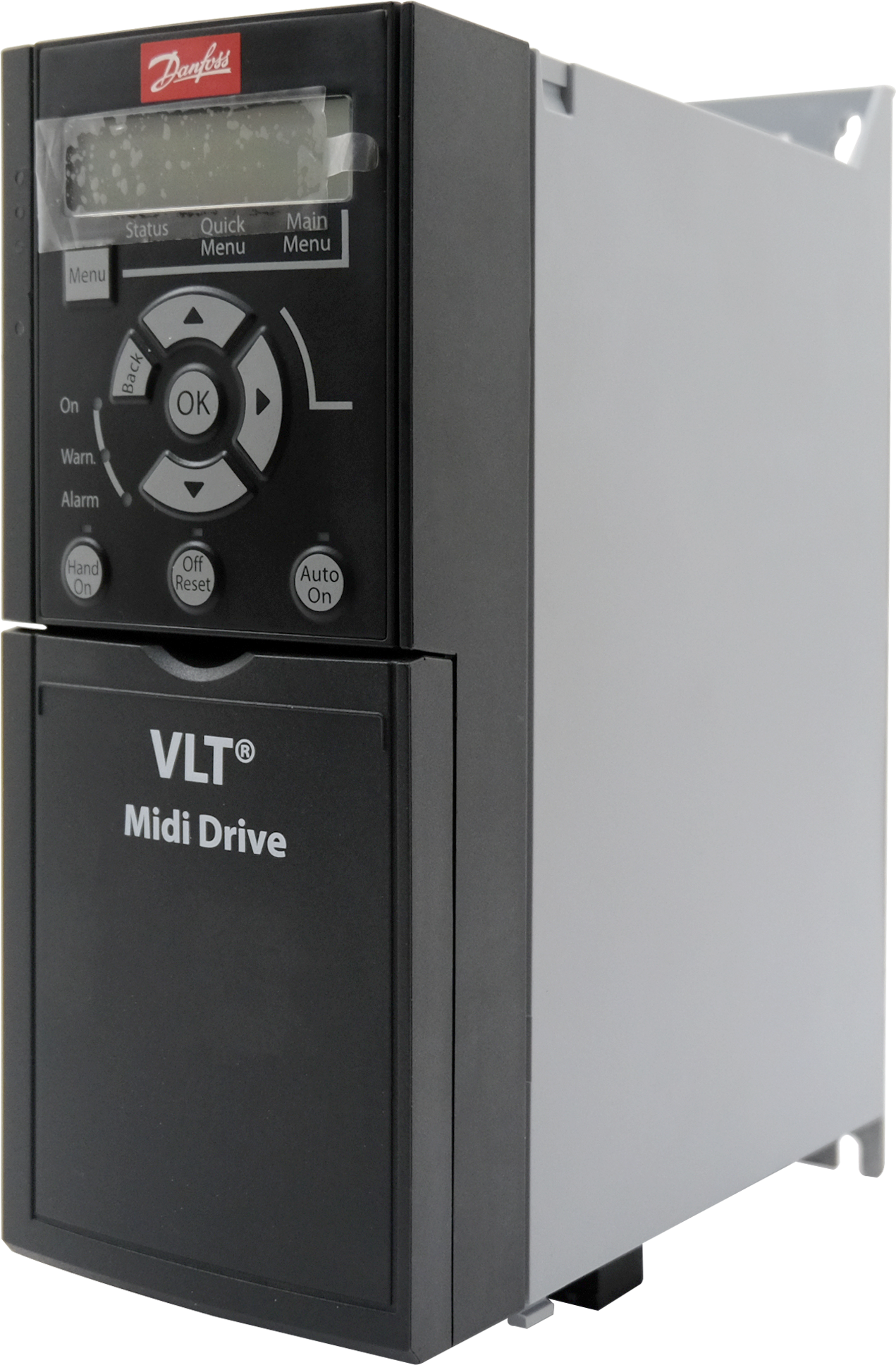plc
A Programmable Logic Controller (PLC) stands as a crucial industrial computer control system that continuously monitors the state of input devices and makes decisions based on a custom program to control the state of output devices. As a robust digital computer designed for automation in industrial environments, PLCs excel in managing manufacturing processes, assembly lines, and complex machinery. The system features a microprocessor, integrated circuits, and communication protocols that enable seamless interaction with various industrial devices. PLCs operate through a scan cycle that includes input scanning, program scanning, and output scanning, ensuring real-time process control. These controllers support multiple programming languages, including ladder logic, structured text, and function block diagrams, making them accessible to different users. Modern PLCs incorporate advanced features such as data logging, remote access capabilities, and integration with Industrial Internet of Things (IIoT) platforms. Their modular design allows for easy expansion and modification of control systems, while built-in diagnostic tools facilitate troubleshooting and maintenance. PLCs can handle both digital and analog signals, making them versatile for various industrial applications, from simple relay replacement to complex motion control systems.


